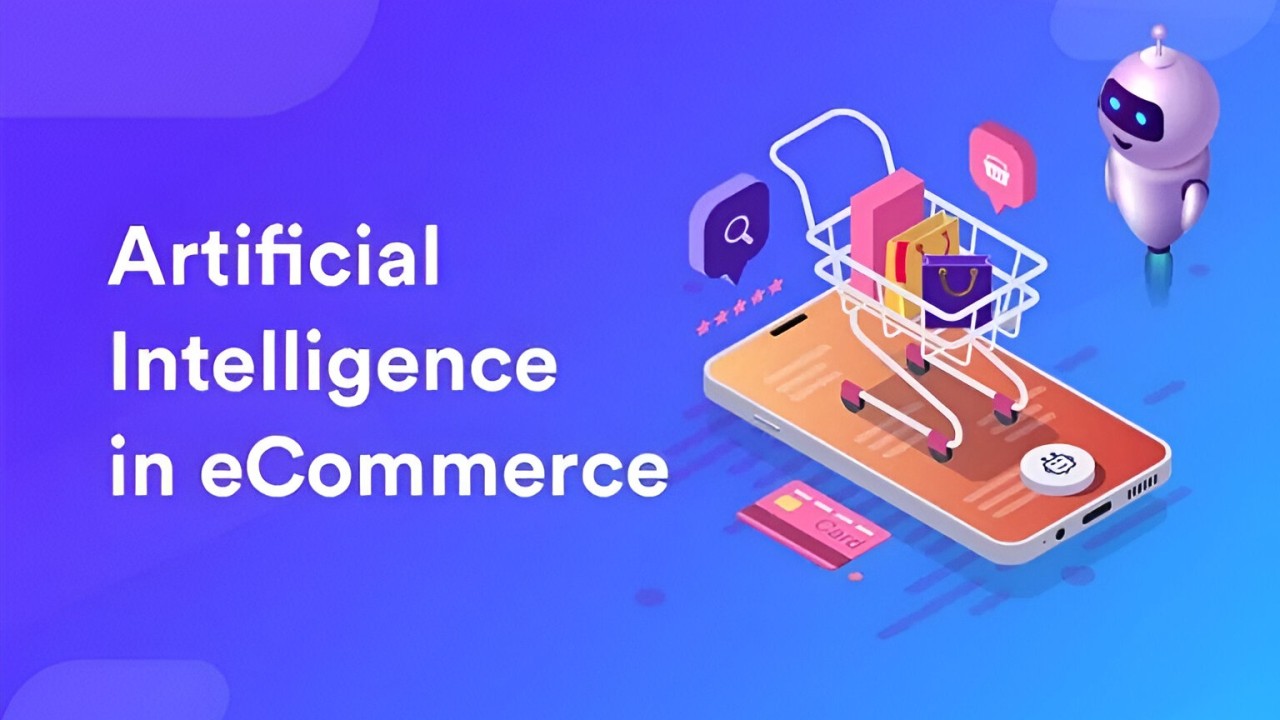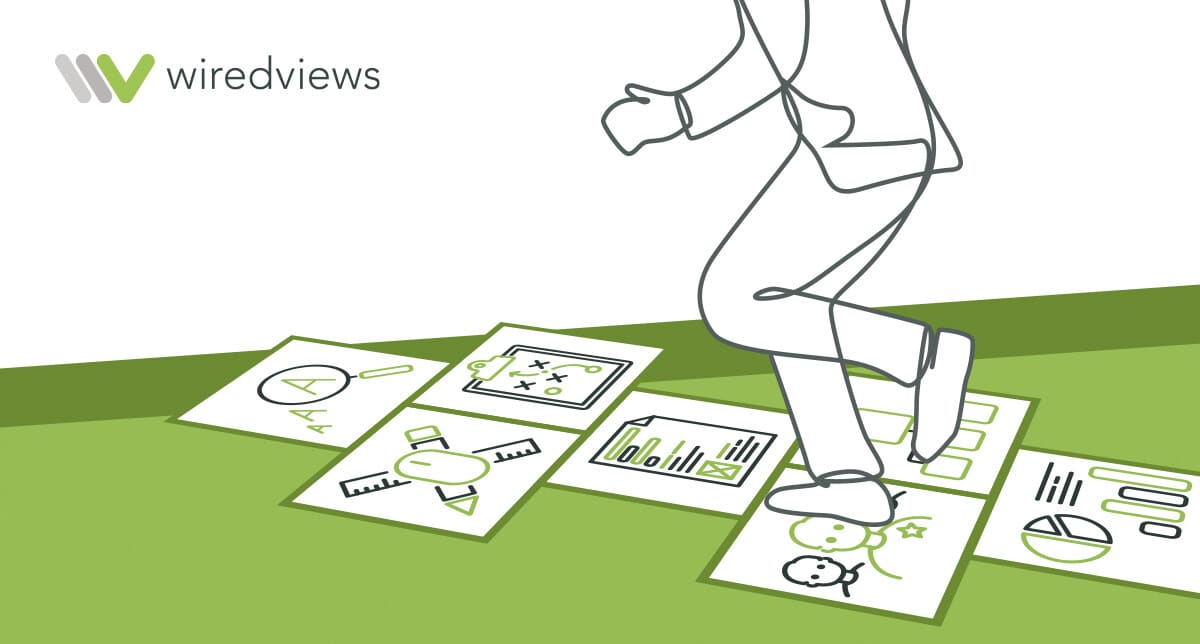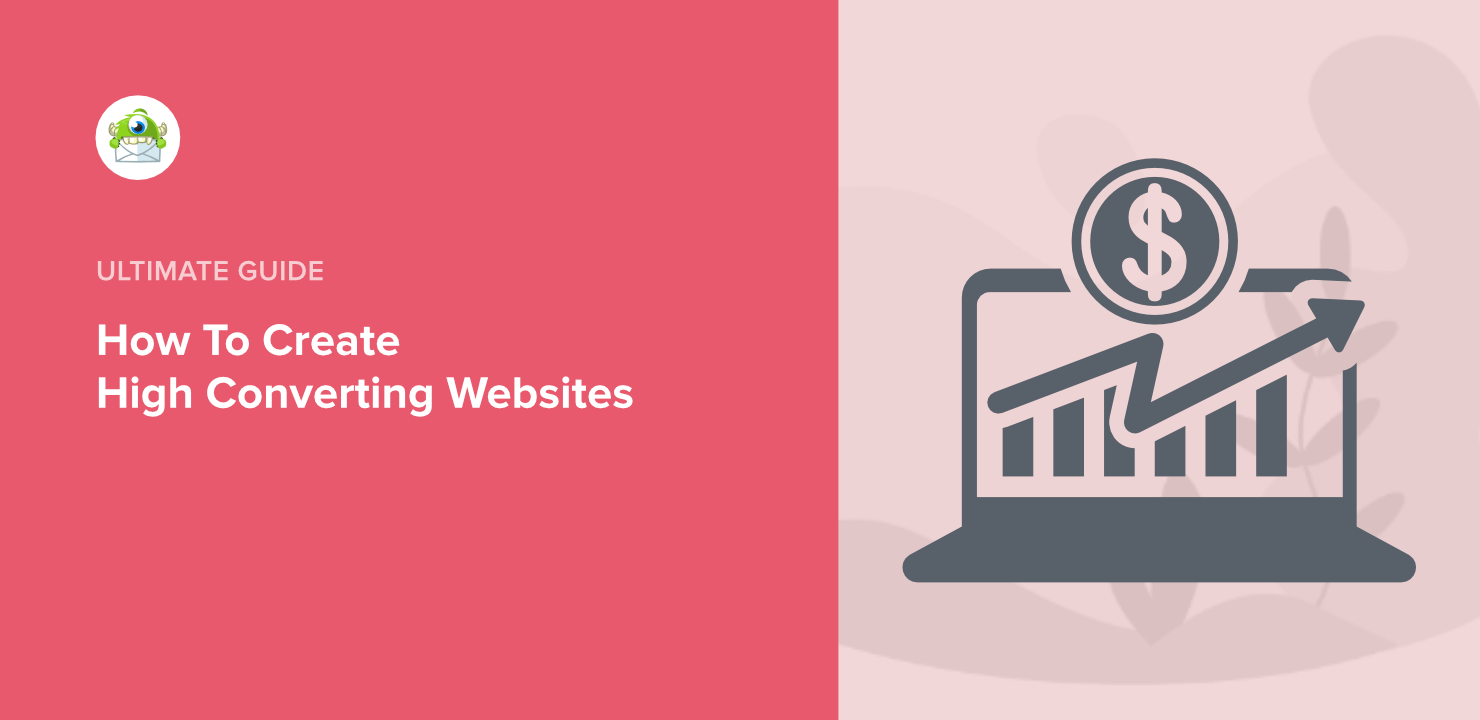How AI and Automation Are Revolutionizing eCommerce in 2025
In 2025, the eCommerce landscape looks nothing like it did just a few years ago. From AI-driven product recommendations to automated customer support, technology has reshaped how consumers shop — and how businesses sell.
Artificial Intelligence (AI) and automation aren’t just trendy buzzwords anymore; they’re the engines powering smarter, faster, and more personalized online shopping experiences. Whether you’re running a small Shopify store or a global eCommerce empire, understanding how to harness these technologies can make the difference between staying competitive and getting left behind.
In this post, we’ll explore how AI and automation are revolutionizing eCommerce in 2025, walk you through how to implement them step by step, and answer the top questions store owners are asking this year.
Why AI and Automation Matter More Than Ever in 2025
Consumers today expect speed, personalization, and convenience. They want stores that understand their preferences, recommend the right products, and deliver quickly. AI and automation make all this possible — at scale.
Here’s why they’re indispensable in 2025:
-
Smarter Customer Journeys: AI analyzes real-time customer data to tailor product recommendations, pricing, and promotions.
-
Operational Efficiency: Automation streamlines everything from inventory management to order fulfillment, freeing teams from repetitive tasks.
-
Enhanced Customer Support: Chatbots and AI-driven assistants now provide 24/7 service that feels increasingly human-like.
-
Predictive Insights: Businesses use AI to forecast demand, optimize pricing, and anticipate trends — reducing waste and boosting margins.
Let’s dive deeper into how this transformation happens step by step.
Step-by-Step Guide: How to Use AI and Automation in eCommerce (2025 Edition)
Step 1: Automate Customer Engagement
In 2025, AI chatbots have evolved far beyond scripted replies. They understand tone, intent, and context — providing personalized support that keeps customers coming back.
-
Use AI chatbots like ChatGPT-powered assistants or Shopify’s AI integrations to respond instantly to FAQs, recommend products, and handle returns.
-
Automate email and SMS flows based on customer behavior — for instance, sending cart reminders, post-purchase follow-ups, or restock alerts automatically.
🧠 Pro Tip: Tools like Klaviyo, Gorgias, and Zendesk AI now integrate seamlessly with eCommerce platforms, making setup simple even for non-tech-savvy store owners.
Step 2: Personalize the Shopping Experience
Personalization is no longer optional. In 2025, customers expect your store to know them.
AI-driven personalization tools analyze browsing history, purchase behavior, and even social media activity to recommend the perfect products.
-
Dynamic product recommendations: Tools like Nosto, Bloomreach, or Shopify Magic display different products to each visitor based on their preferences.
-
Adaptive website design: AI adjusts homepage layouts, featured products, and banners for each user in real time.
-
Personalized pricing: Some advanced systems even tailor discounts based on customer loyalty or buying patterns.
🧩 Example: A returning customer might see complementary items for a product they bought last month, while a new visitor sees trending bestsellers.
Step 3: Automate Inventory and Fulfillment
One of the biggest pain points in eCommerce is inventory management — but automation fixes that.
In 2025, AI tools integrate with suppliers and logistics networks to keep your stock levels balanced automatically.
-
Predictive inventory management: AI forecasts which products will sell fastest based on trends, seasonality, and historical data.
-
Automated restocking: Systems can trigger supplier orders or alerts when inventory runs low.
-
Smart fulfillment: Automation software routes orders to the nearest warehouse or fulfillment center to speed up delivery.
⚙️ Example: Amazon and Walmart use predictive logistics to anticipate customer orders before they’re even placed — a model smaller businesses can now replicate using third-party tools.
Step 4: Leverage Predictive Analytics for Smarter Decisions
Data is only useful if you can interpret it. AI tools now turn raw data into actionable insights instantly.
-
Sales forecasting: Predict which products will perform best next quarter.
-
Dynamic pricing: Adjust prices automatically based on demand, competitor pricing, and inventory levels.
-
Customer segmentation: Identify high-value customers and tailor campaigns accordingly.
🧮 Recommended Tools: Google Cloud AI, Tableau, or Looker integrated with your eCommerce platform can give you dashboards that practically think for you.
Step 5: Streamline Marketing with AI Automation
AI is also transforming how eCommerce stores approach marketing in 2025.
-
Automated ad campaigns: Platforms like Meta Ads Manager and Google Ads now use AI to optimize budgets and targeting in real time.
-
AI copywriting: Tools like Jasper and ChatGPT generate product descriptions, ad headlines, and blog content at scale.
-
SEO automation: AI tools monitor your rankings, suggest keyword improvements, and even fix broken links automatically.
📣 Pro Tip: Combine AI-generated content with human editing for authenticity — this hybrid approach wins both algorithms and customers.
Step 6: Deliver Smarter Post-Purchase Experiences
The customer journey doesn’t end at checkout. AI and automation make post-purchase engagement seamless.
-
AI-driven review requests: Automatically send personalized review or feedback requests at the right time.
-
Smart returns: Automate the return process and issue instant refunds using AI-powered decision systems.
-
Predictive customer retention: Identify at-risk customers through AI analysis and trigger retention offers before they churn.
🎁 Example: If a customer hasn’t shopped in 60 days, AI might send a “We miss you!” discount or personalized product recommendation automatically.
The Real-World Impact: What AI-Driven eCommerce Looks Like in 2025
To understand the transformation, let’s look at what a modern, AI-powered eCommerce business looks like today:
| Function | Old Way (Pre-AI) | New Way (AI-Driven 2025) |
|---|---|---|
| Customer Support | Manual replies | AI chatbots resolving 80% of queries instantly |
| Marketing | Batch email campaigns | Personalized, behavior-based automation |
| Inventory | Manual stock checks | Predictive restocking and smart warehousing |
| Analytics | Static reports | Real-time, AI-driven insights |
| Product Discovery | Generic listings | Hyper-personalized recommendations |
In short: AI and automation make your store more responsive, efficient, and profitable.
How to Get Started with AI and Automation (Even on a Budget)
You don’t need enterprise-level resources to get started. Follow this simple roadmap:
-
Start Small: Begin with one automation — like an AI chatbot or automated email flow.
-
Integrate Gradually: Use tools that plug directly into your eCommerce platform (Shopify, WooCommerce, BigCommerce, etc.).
-
Measure Results: Track improvements in response times, conversion rates, and repeat purchases.
-
Optimize Constantly: Use insights from AI analytics to fine-tune your automations.
🛠️ Starter Tools for 2025:
-
Chatbots: Tidio, Gorgias, Shopify Inbox
-
Personalization: Nosto, LimeSpot
-
Automation: Zapier, HubSpot, Mailchimp AI
-
Analytics: Google Analytics 4, Looker Studio, Segment
Future Outlook: What’s Next for eCommerce AI Beyond 2025

AI is still evolving fast. Here’s what’s on the horizon for the next few years:
-
Generative AI for Product Creation: AI designing products based on customer demand.
-
Emotion AI: Systems that interpret customer sentiment during interactions.
-
Fully Automated Supply Chains: From order to delivery with zero human intervention.
-
Hyperlocal Commerce: AI predicting demand by neighborhood or zip code.
The bottom line? AI and automation will soon be so embedded in eCommerce that running a store without them will be like running one without the internet.
FAQs: AI and Automation in eCommerce 2025
1. Is AI too expensive for small eCommerce stores?
Not anymore. Many AI tools offer affordable plans or usage-based pricing. Even free tools like ChatGPT and Shopify Magic provide excellent entry-level automation.
2. Will AI replace human jobs in eCommerce?
AI doesn’t replace humans — it enhances them. It handles repetitive tasks so teams can focus on creative strategy and customer relationships.
3. What’s the easiest AI tool to start with?
Start with a chatbot or automated email system. They deliver instant ROI and require minimal setup.
4. Can AI improve conversion rates?
Absolutely. Personalized recommendations, smarter pricing, and faster support all boost conversions significantly.
5. Is AI safe to use for customer data?
Yes, as long as you use GDPR-compliant, secure platforms. Always prioritize tools with robust data protection features.
Final Thoughts: The AI Advantage in 2025
The eCommerce world in 2025 belongs to brands that work smarter, not harder. AI and automation let you anticipate customer needs, streamline operations, and scale effortlessly — all while offering the kind of personalization shoppers crave.
If you haven’t yet embraced these tools, now’s the time. Start small, experiment, and let AI do the heavy lifting while you focus on strategy, storytelling, and service.
Your future eCommerce success isn’t just about selling online — it’s about selling intelligently.





